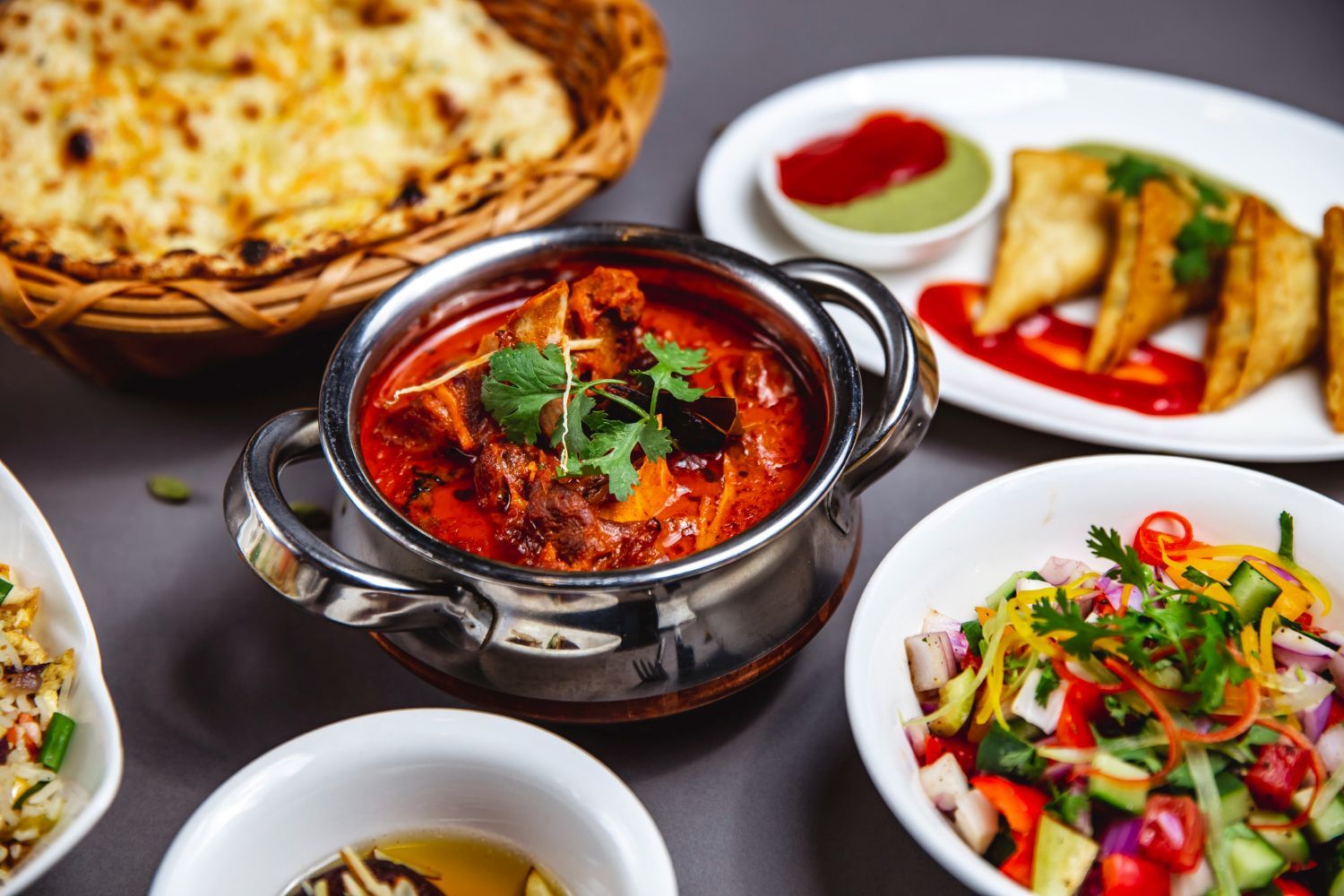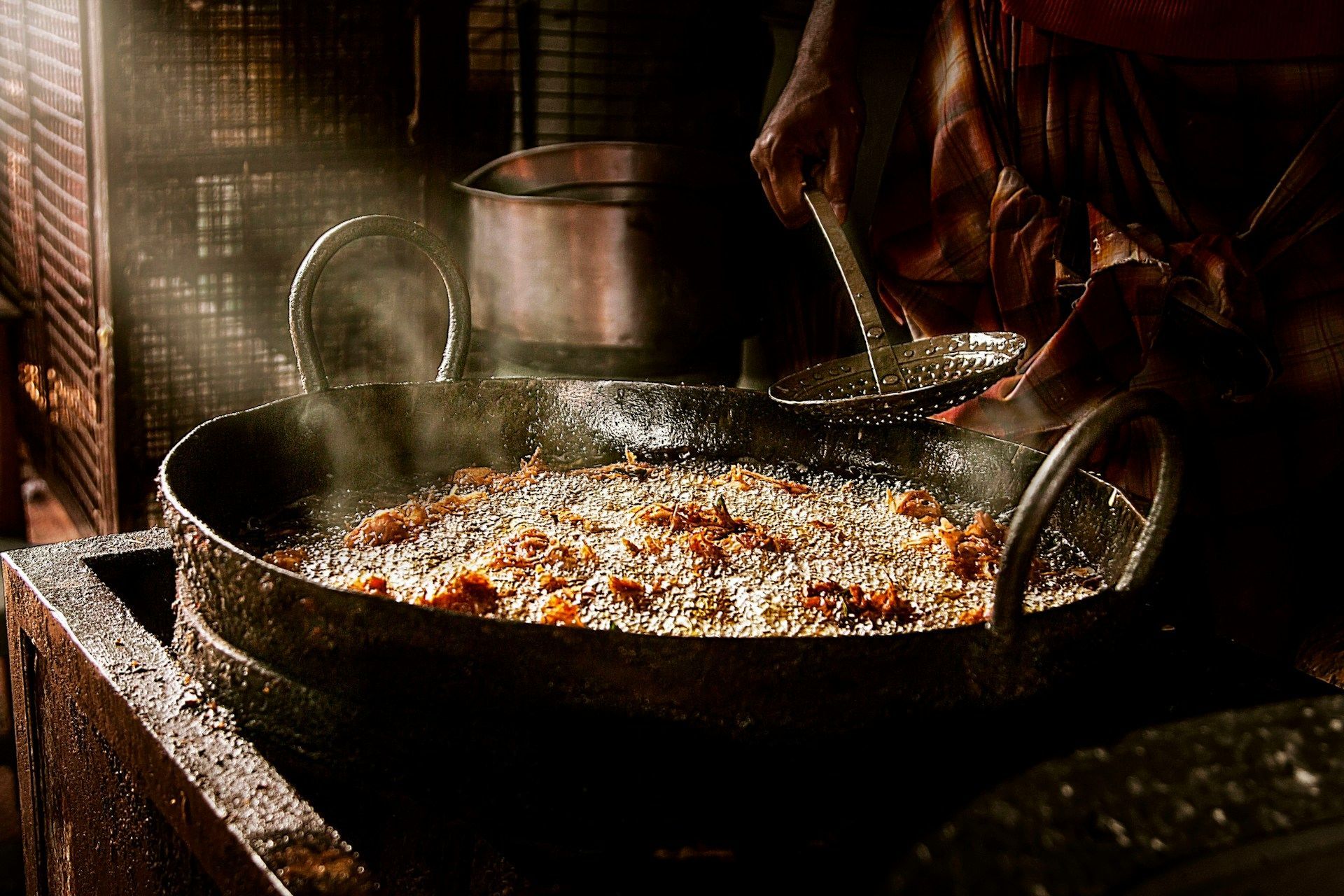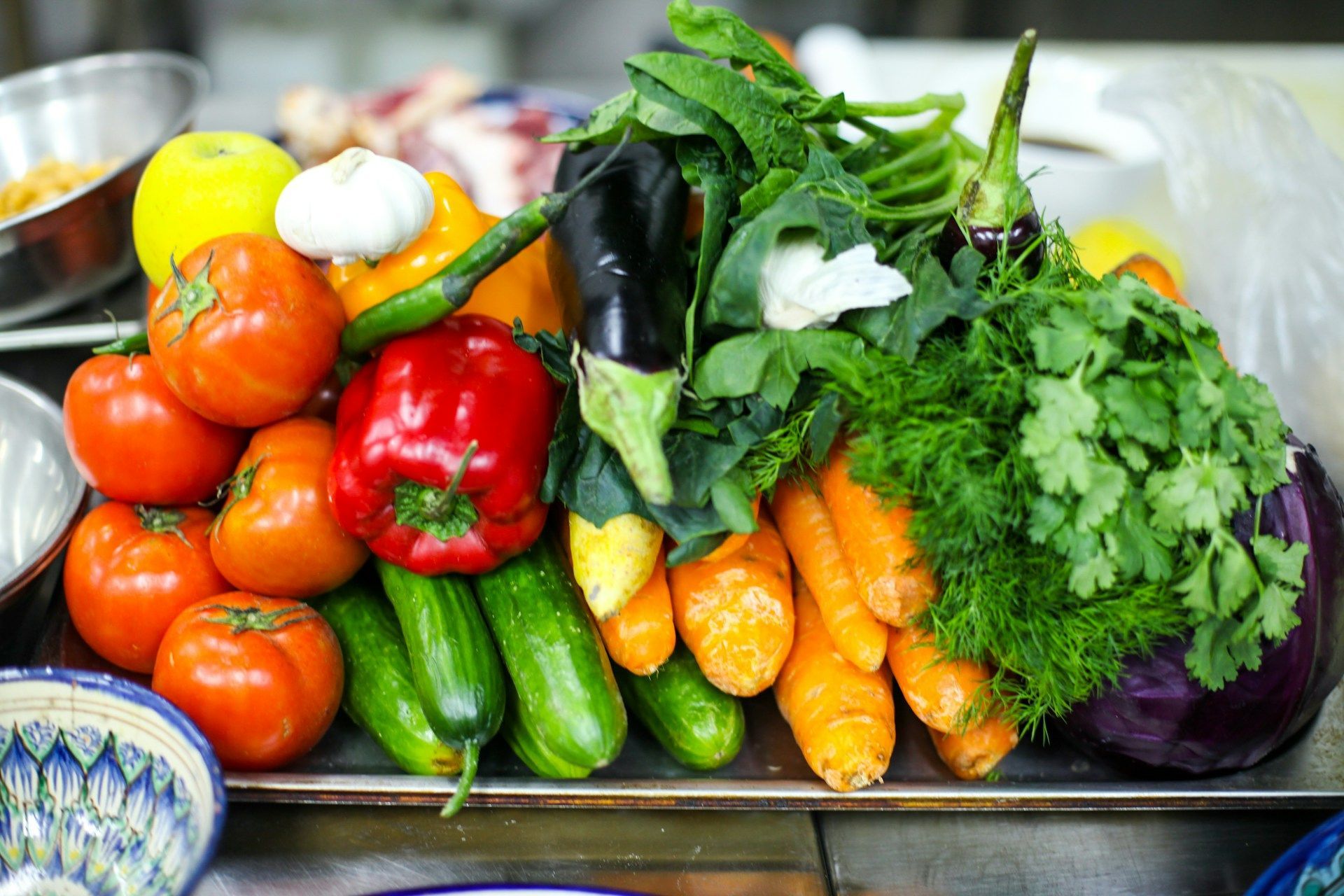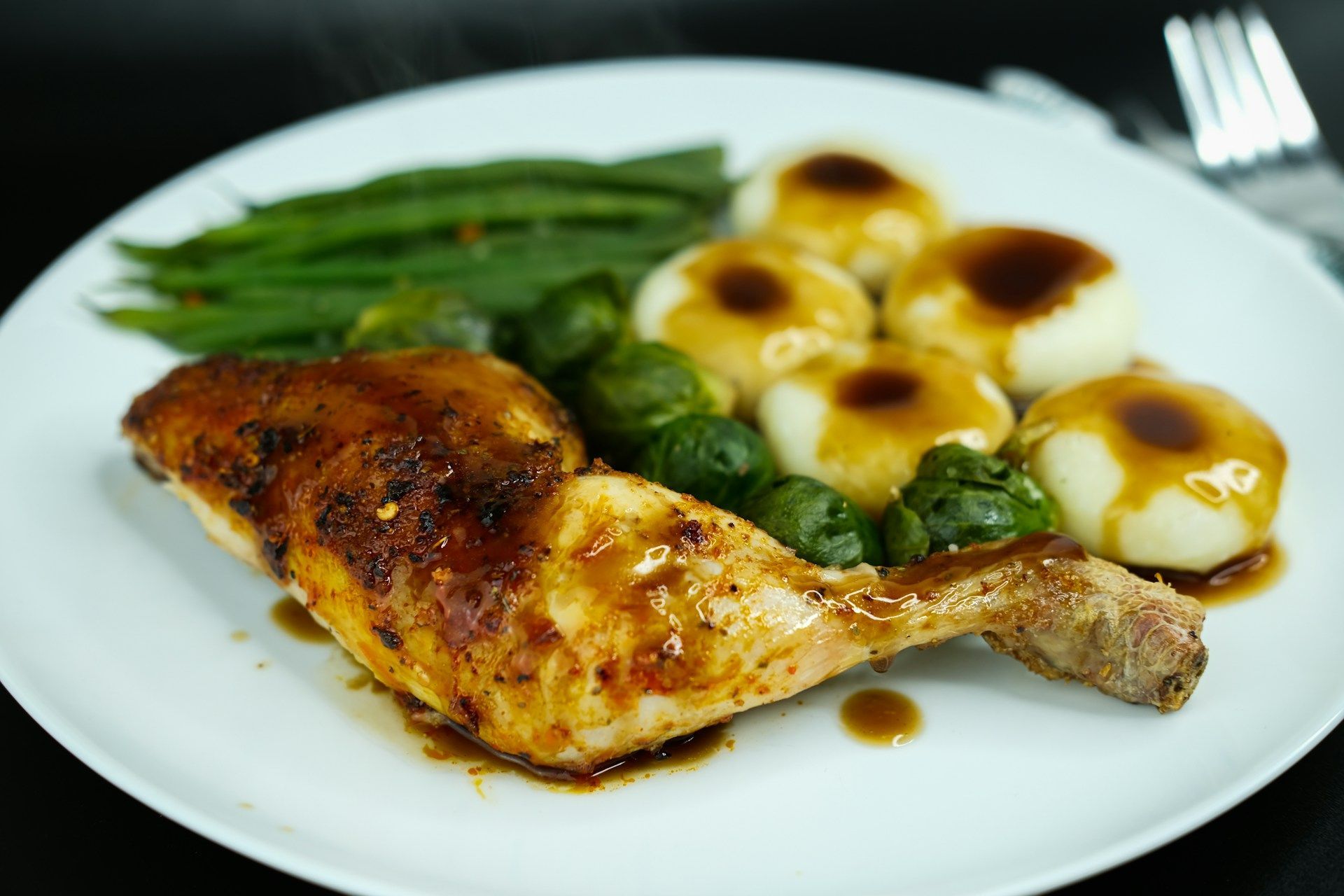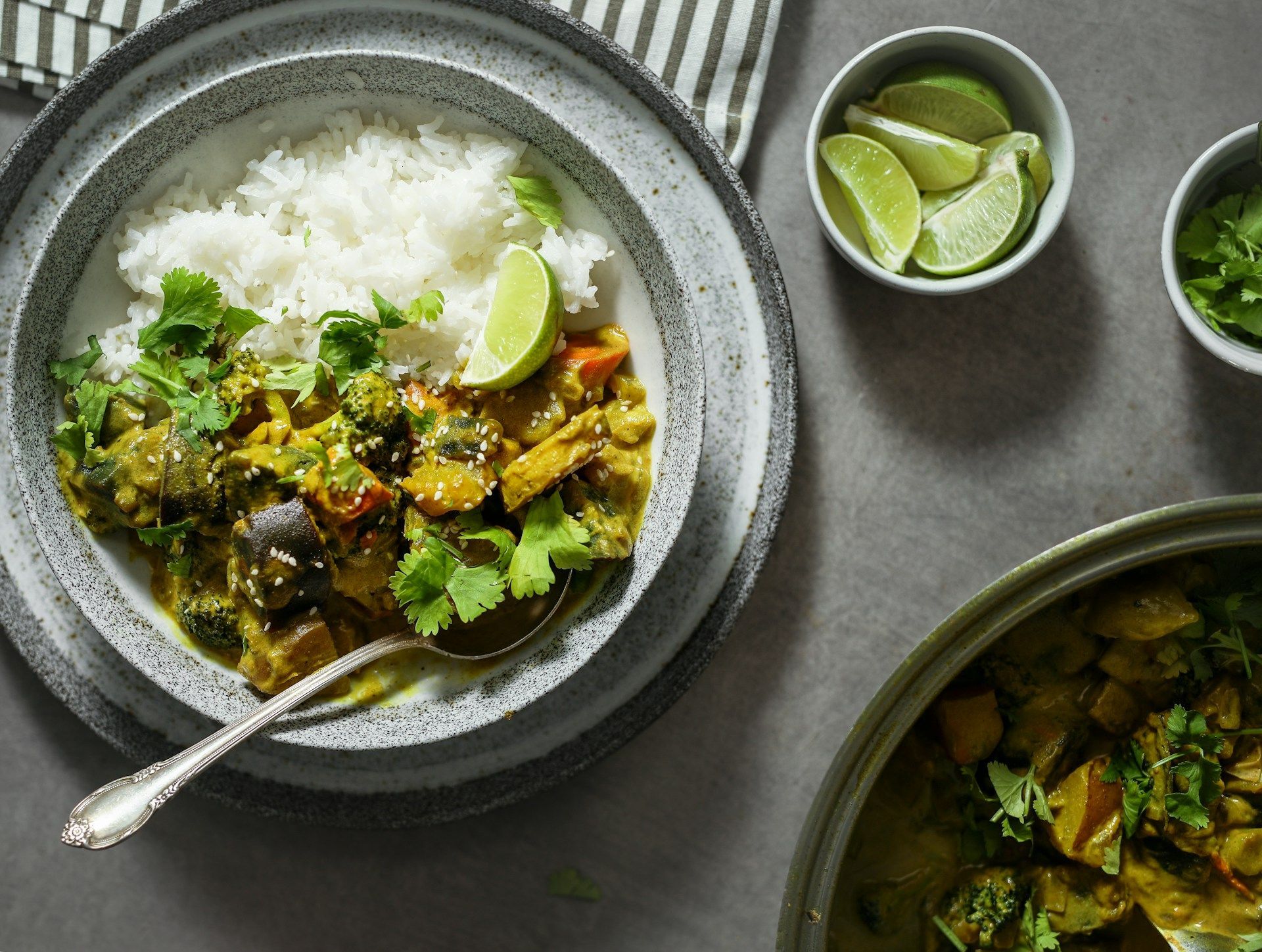Blog Layout
The Colourful History of Tandoori Cooking: What to Know
SUHEL AHMED • 8 July 2021
This is a subtitle for your new post
Many popular dishes in Indian cuisine have a distinctly delicious flavour that comes from the tandoor. This is a cylindrical clay oven shaped like a large urn in which meals are cooked over a charcoal fire and allowed to burn for several hours. It is also at least one metre in height and typically sunk into the ground.
Tandoori cooking is an Indian cooking method that produced many well-known and well-loved dishes all over the world. The most celebrated dish cooked through this is tandoori murgh, or skinless marinated grilled chicken.
The History of Tandoor
Tandoori cookery started five thousand years ago from the Harappan civilisations in Indus valley of ancient India. Besides the Indian subcontinent, it was discovered that people in West and Central Asia use a tandoor. This clay oven was also found in ancient Egyptian and Mesopotamian civilisations.
In traditional tandoors, heat is generated by wood or charcoal. The heat is then regulated by the amount of oxygen that enters the pit. This is done by opening or closing a small window at the bottom of the tandoor. The walls of the tandoors may reach up to 460 degrees Celsius. To maintain their high cooking temperature, the ovens have to be lit for long periods of time.
Meats cooked in the tandoor are marinated in spices and yoghurt and then threaded on skewers vertically placed in the oven. Tandoori rang, a natural dye, is then added to the marinade.
Modern Tandoors
It was the Mughals who brought the modern tandoor to India. Eventually, portable tandoor was invented during the reign of Jahangir, a Mughal ruler. This oven was carried by a team of cooks every time he travelled.
Guru Nanak Dev, the founder of the Sikh religion, also encouraged the use of tandoor. He promoted equality and the removal of caste barriers by urging everyone to build sanjha chulha, which is a common oven in the neighbourhood. Creating this community oven helped remove caste and class barriers, providing women with an opportunity to socialise and gossip while preparing meals.
Present-Day Tandoors
Tandoori cooking only became common in Delhi in 1947 when the Punjabi refugees brought tandoor to the city. As this cuisine took its root in India, almost anyone eventually discovered tandoori chicken, naan, and other dishes prepared through this cooking method.
Older tandoors that were set into the ground and were fired by charcoal wood can still be found in India, Pakistan, and Afghanistan. In fact, places in Punjab still use communal tandoors to this day.
Tandoors now also come in several variants besides its traditional clay frame, with some made from metal and others placed above the ground. Portable electric tandoors are also present in many households that are similar to electric ovens. This development has made cooking in tandoors easier. However, many food enthusiasts believe that this type of oven does not produce the same earthy flavours from clay tandoors lit with charcoal.
Conclusion
Indian food traditionally cooked in tandoors is now a staple of many modern Indian restaurants. Now that you know the history of this traditional cooking method, you have a deeper understanding of these dishes. However if you truly want to appreciate tandoori cooking, delight your taste buds by ordering tandoori cuisine from the best Indian restaurant near you.
Tower Tandoori specialises in the best Indian food in London. We can satisfy your craving for tandoori dishes with our tandoori king prawn, tandoori mix grill, naan, and many more. Browse our menu or contact us to place your order!
OPEN ALL DAY
12:00 - 11:30pm
7 Days a Week
© 2025. The content on this website is owned by us and our licensors. Do not copy any content (including images) without our consent.

